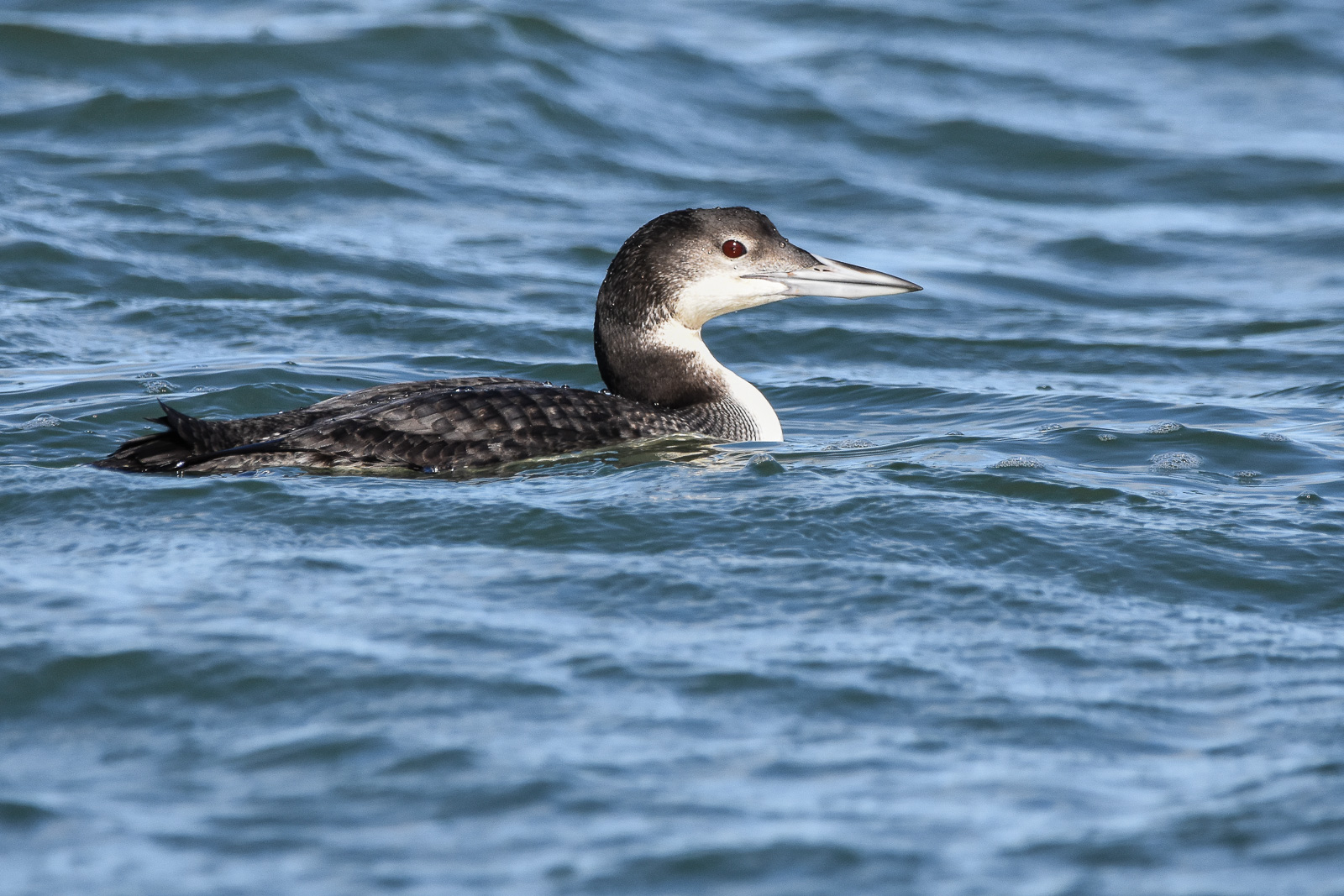22 years ago I made my pilgrimage to Concord, Massachusetts as the leaves turned color. Not only was Walden Pond much bigger than I had imagined, but I was shocked by a bathhouse on the shore, having envisioned a pond in the wilderness. It took me quite some time to circle the lake by foot. I don’t remember seeing a loon there. Several years later one summer in northern Maine, I heard my first laughter of a Common Loon. The moment I heard it I knew what it was, thanks to the description by Henry David Thoreau.
“As I was paddling along the north shore one very calm October afternoon, for such days especially they settled down on to the lakes, like the milkweed down, having looked in vain over the pond for a loon, suddenly one…set up his wild laugh and betrayed himself….His usual note was the demoniac laughter, yet somewhat like that of a water-fowl; but occasionally, when he had balked me most successfully, and come up a long way off, he uttered a long-drawn unearthly howl, probably more like that of a wolf than any bird….This was his looning,—perhaps the wildest sound that is ever heard here, making the woods ring far and wide.”
Common Loon is one of those birds that adapt to both freshwater and saltwater habitats. It leaves its eerie howls and yodels behind in North Woods and is always quiet when I see it on the sea in winter.

“As I was paddling along the north shore one very calm October afternoon, for such days especially they settled down on to the lakes, like the milkweed down, having looked in vain over the pond for a loon, suddenly one…set up his wild laugh and betrayed himself….His usual note was the demoniac laughter, yet somewhat like that of a water-fowl; but occasionally, when he had balked me most successfully, and come up a long way off, he uttered a long-drawn unearthly howl, probably more like that of a wolf than any bird….This was his looning,—perhaps the wildest sound that is ever heard here, making the woods ring far and wide.”
Common Loon is one of those birds that adapt to both freshwater and saltwater habitats. It leaves its eerie howls and yodels behind in North Woods and is always quiet when I see it on the sea in winter.

Photo: A silent Common Loon, non-breeding, Emeryville, CA. December 11, 2015. By Minder Cheng.
Comments
Post a Comment